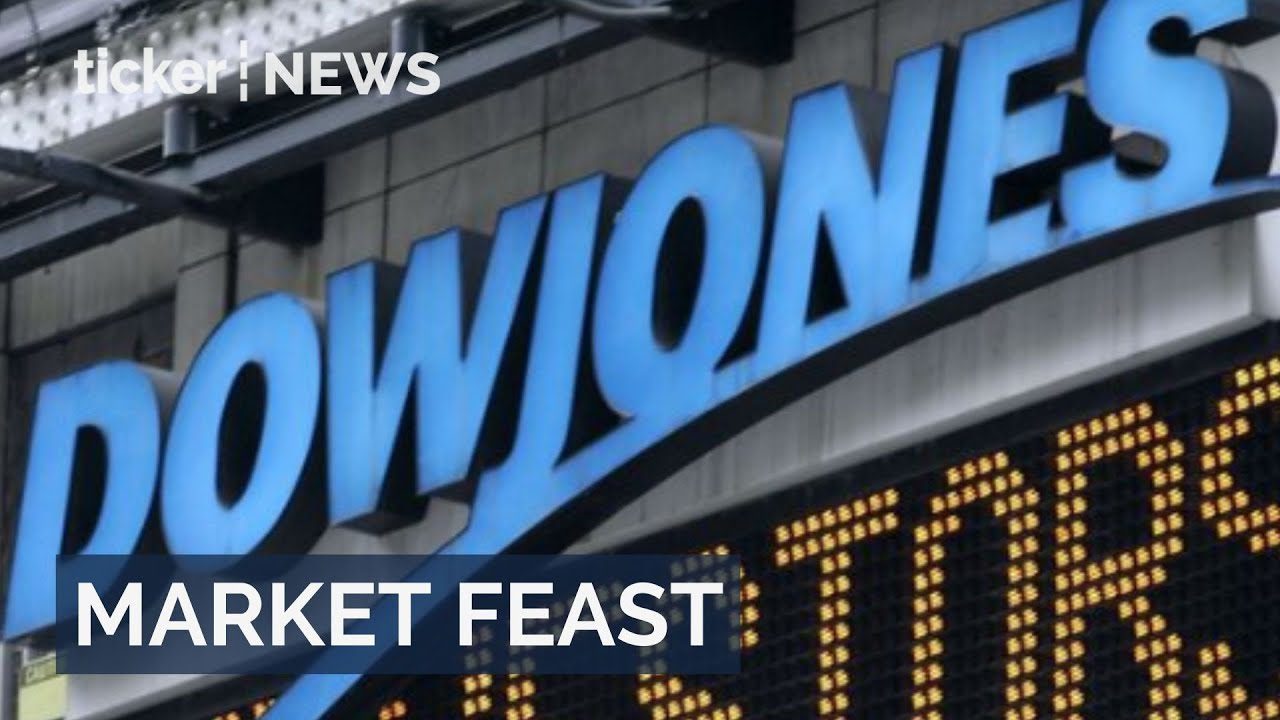It was the latest blow to the credibility of the Australian Securities Exchange (ASX). This time, the nation’s stock exchange mixed up two company names in an error that briefly wiped A$400 million off the market value of our third biggest telco, TPG Telecom.
On Wednesday morning, the ASX mistakenly linked TPG Telecom Limited to a market announcement involving a completely different company — TPG Capital Asia. This US-owned, private equity giant just revealed a A$651 million takeover of the software firm Infomedia.
The ASX’s error led investors to believe TPG Telecom was making an acquisition outside its sector. Automatic trading algorithms also kicked in. Within minutes, TPG Telecom’s stock plunged nearly 5% before the ASX halted trading. The damage was done.
The ASX later described the mistake as “an inadvertent human error”.
The exchange moved quickly to cancel trades executed during the 15-minute error window. But the incident has reignited longstanding concerns about the ASX’s operational resilience and governance, and the fragility of investor confidence.
In a market where milliseconds matter, even a minor error can have major consequences.
A pattern of failure
This latest blunder is far from an isolated incident. It’s the culmination of years of operational failures that would be unacceptable in any other critical infrastructure sector.
An outage related to the ASX’s ageing platform for clearing and settling trades in December 2024 stands as perhaps the most serious breach of market confidence. The system couldn’t complete basic settlement processes.
This prompted unprecedented intervention from the regulators. The Australian Securities and Investments Commission (ASIC) and the Reserve Bank of Australia expressed “deep concerns” about these “repeated and serious failures” in the exchange’s trading infrastructure.
This came on top of the botched replacement project for the ASX’s platform known as CHESS. The upgrade remains years behind schedule and hundreds of millions over budget. These events expose fundamental weaknesses in technical capabilities.
TPG Telecom: collateral damage in a system failure
For TPG Telecom, this was an uninvited PR disaster. The company didn’t seek the spotlight, but the ASX error has placed it under the microscope. While its fundamentals haven’t changed, the incident has heightened scrutiny of its strategy, debt levels and market positioning.
Academic research in finance shows exogenous shocks (unexpected external events) beyond a firm’s control can lead to disproportionate attention from investors and analysts. Once a stock becomes the focus of media and market chatter, questions that might have remained on the margins become front and centre.
This kind of exposure can be both a risk and an opportunity.
If the company is seen as opaque or unprepared, it risks reputational damage. But it also has a chance to build investor trust through strong, transparent communication. In today’s markets, how a company responds under pressure matters as much as the trigger itself.
Competition for the ASX
What’s becoming increasingly clear is that Australia needs more than a reliable exchange. It needs competition, accountability and innovation. The ASX’s dominance in trading and post-trade services has long frustrated market participants.
The Australian Securities and Investments Commission’s announcement this week about boosting competition to the ASX couldn’t be more timely.
ASIC said it is considering plans to strengthen the alternative trading exchange Cboe Australia in a bid to improve resilience and innovation. Launched in 2011 as Chi-X, Cboe now claims around 20% of daily share trading volume.
News of increased competition helped to send ASX’s own shares down 11% in early trade on Thursday before ending at 8.6% down.
Australia has a persistent problem with concentrated markets, from banking to telecommunications to supermarkets. The ASX monopoly follows the same pattern: limited competition can breed complacency.
The message is clear: trust in infrastructure must be earned, not assumed. The ASX must now prove it deserves its dominant role in Australia’s financial system, or risk losing it.
Trust is the real currency of markets
The TPG trading error is more than a technical mishap. It is a warning. Financial markets depend on trust in price accuracy, infrastructure reliability, and timely, transparent responses when things go wrong.
Repeated failures undermine this trust. If investors begin to question the accuracy of what they see on the trading screen, or the ability of the system to recover from mistakes, the risk isn’t just reputational. It’s systemic.
In academic terms, this is a textbook case of what’s known as “market microstructure friction” in the trading of stocks or bonds. This means the plumbing of the financial system breaks down and distorts outcomes. But for the average investor, it’s simpler: if the exchange can’t get the basics right, how can we trust the prices or the market?
The ASX now faces a crisis of credibility. If trust is the currency of markets, it’s one the exchange can no longer afford to spend lightly. For regulators, investors and listed firms, this could be a turning point towards a more competitive, resilient and accountable trading environment.![]()
![]()
Angel Zhong, Professor of Finance, RMIT University
This article is republished from The Conversation under a Creative Commons license. Read the original article.

























